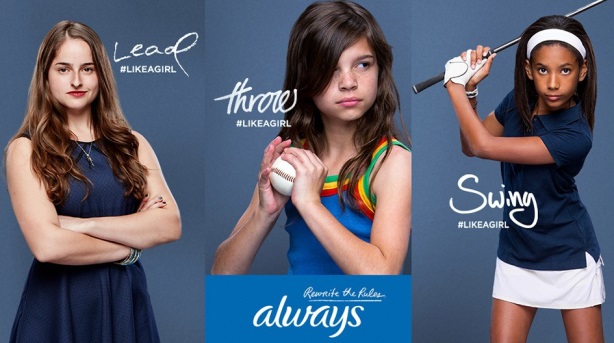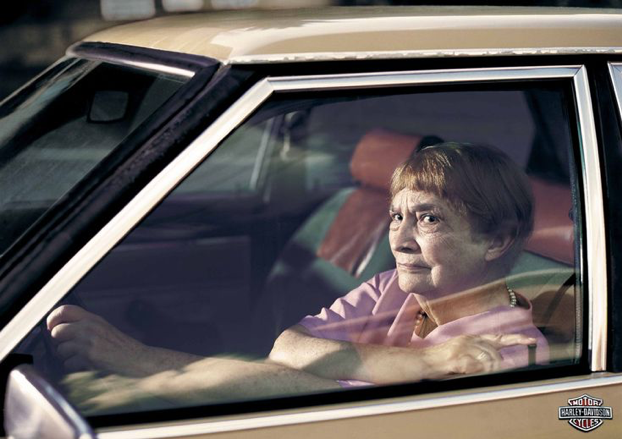The 7 triggers of fascination brands need to master to become impossible to resist
Stealing the spotlight is important for a brand but not as straightforward as you’d think. There are a lot of brands out there all vying for attention, trying to amplify their message. Their challenge… attract a prospect, build a relationship and close the sale. But in a competitive environment, the most fascinating option wins.
The problem is that being fascinating scares most brands and makes them uncomfortable. It’s not safe, it can be controversial and therefore involves taking some risks. But what does it mean to be fascinating? It comes from ancient Latin – fascinare which means to bewitch or hold captive so people are powerless to resist. And it’s something every marketer needs to master if they want their brand to be completely unforgettable.
To demonstrate, let’s look at the most competitive environment on earth for content – online dating. There are roughly 30 million people on Match.com all competing to find “the one.” Their challenge is the same as ours – to attract a prospect, build a relationship and close the sale. All that competition and the best most people can come up with for an intro is “Hi.” But “Hi” is the Gap Khakis of content. It’s comfortable, safe and not controversial. But if “Hi” is the best you’ve got you’ve already lost because it fails to fascinate.
It’s our job as marketers to create brands and content that fascinates because when we do, brands become more profitable, more valuable and more fulfilling for consumers to consume. In fact, a recent study found that women were willing to pay more to feel fascinated then they were for food and shoes combined.
So, how do we create brands that fascinate? Chris Brogan, a social media expert has discovered that there are 7 triggers of fascination. They are: power, passion, mystique, prestige, alarm, rebellion and trust. Here’s how to use them.

1. Power is about taking command and being the trusted expert. This is a tactic employed by Google. What do you do when you want to know something? Do you look it up? No, you Google it.
This highly creative billboard made sure The Weather Network would always be positioned as the trusted expert you turned to.

2. Passion is about attracting with emotion. When a brand uses passion, it makes you want to play and participate with it. This builds loyalty and turns fans into advocates.
The Always #LIKEAGIRL campaign uses a famous insult to grab your attention and to forge an emotional connection.
3. Mystique arouses curiosity because a piece of the puzzle is purposely missing. It makes you want to know. It makes us curious by asking questions.
This series of ads from Harley-Davidson show the power of mystique. No motorcycles, only their logo, but the reactions are the only clue needed for viewers to get it.

4. Prestige is all about enhancing respect. Brands that leverage prestige are perceived as more aspirational and as somehow more than what we currently have. It’s about seeing the world not as it is but for how it could be. Think Mercedes – “The best, or nothing.”
“You never actually own a Patek Philippe. You merely look after it for the next generation.” A Patek Philippe is not a tool for telling time. It’s an heirloom that passes on values from one generation to the next.

5. Alarm is about creating urgency. It’s like when Fed-ex says, “when it absolutely, positively has to be there overnight.” When potential negative consequences are leveraged it triggers the alarm response.
This TV commercial by Ikea made the phrase, “Start the car!” famous. The words are now part of our vernacular and are often used to convey the need to move it.

6. Rebellion revolves around changing the game. It’s when a brand takes the status quo, turns it on its head and say’s no, here’s another way of looking it. This is a tactic used by some of the most innovative brands in the world because it keeps people guessing at what they’ll do next. It’s like Tesla launching an actual car into space
To combat distracted driving this fake funeral home ad took a bold and shocking approach to get people to put down their phones.

7. Trust builds loyalty. Our brains are hard wired to like patterns and to know what they can expect next. So, the more chaotic an environment the more our brains seek trust. So, if marketing a brand during a chaotic period such as a bank during a recession… you want to establish trust by creating patterns, stability, reliability and dependability.
In 2008 when the market tumbled and investors were searching for security during the recession, Mackenzie Financial leveraged Trust to create stability, reliability and dependability.
To create a brand that stands out from the crowd and steps into the hearts and minds of consumers here’s what you have to remember. Create a fascinating story that is unforgettable.
Remember, you can be innovative or comfortable, but not both. Being innovative by definition is being uncomfortable. And when it comes to social media, the world doesn’t need another tweet, it needs opinions and a point of view. So, if your brand is too cautious to provoke discussion or isn’t willing to join the conversation stay away from it. Social media after all, is about being social
One final thought to leave you with… In a competitive environment the most fascinating option wins.


